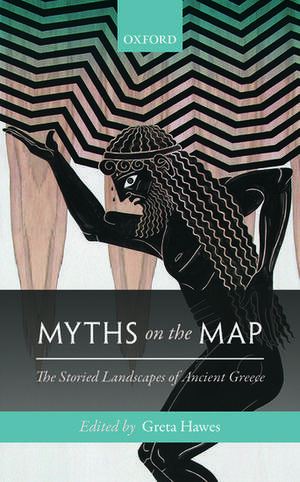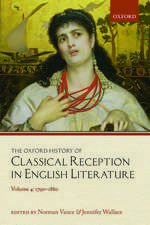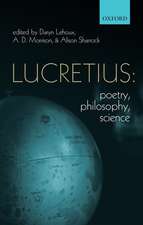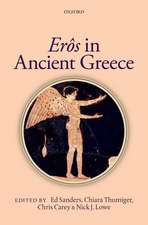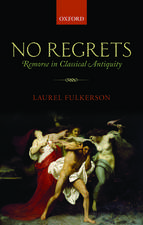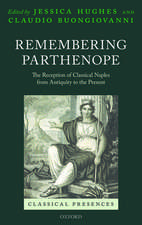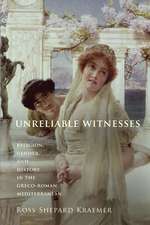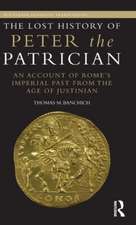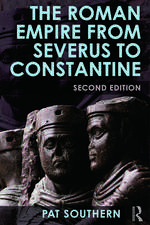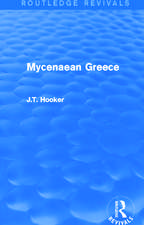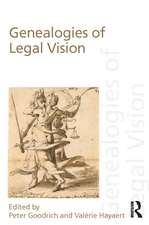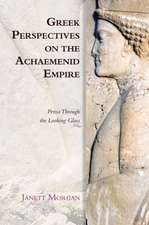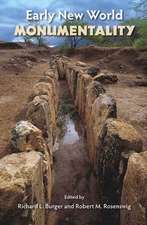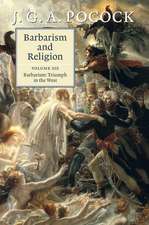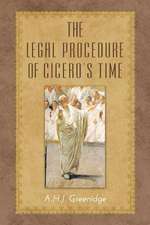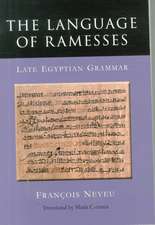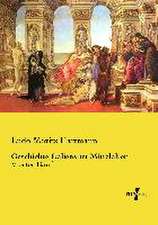Myths on the Map: The Storied Landscapes of Ancient Greece
Editat de Greta Hawesen Limba Engleză Hardback – 15 iun 2017
Preț: 672.25 lei
Preț vechi: 965.03 lei
-30% Nou
Puncte Express: 1008
Preț estimativ în valută:
128.64€ • 134.65$ • 107.07£
128.64€ • 134.65$ • 107.07£
Carte tipărită la comandă
Livrare economică 19-25 martie
Preluare comenzi: 021 569.72.76
Specificații
ISBN-13: 9780198744771
ISBN-10: 0198744773
Pagini: 352
Ilustrații: 23 black-and-white illustrations
Dimensiuni: 222 x 154 x 26 mm
Greutate: 0.56 kg
Editura: OUP OXFORD
Colecția OUP Oxford
Locul publicării:Oxford, United Kingdom
ISBN-10: 0198744773
Pagini: 352
Ilustrații: 23 black-and-white illustrations
Dimensiuni: 222 x 154 x 26 mm
Greutate: 0.56 kg
Editura: OUP OXFORD
Colecția OUP Oxford
Locul publicării:Oxford, United Kingdom
Recenzii
Overall, the 15 contributions in Myths on the Map add up to something more tan a collection of useful papers... The melding together of archaeology, history, literary analysis, and myth--often in the same paper--is especially rewarding.
Myths on the Map offers much food for thought and the varied scope and interdisciplinary contributions from archaeological, literary, and philosophical perspectives are refreshing ... it will undoubtedly stimulate fresh debate and there will be few readers who will not find something of interest in this work.
Myths on the Map offers much food for thought and the varied scope and interdisciplinary contributions from archaeological, literary, and philosophical perspectives are refreshing ... it will undoubtedly stimulate fresh debate and there will be few readers who will not find something of interest in this work.
Notă biografică
Greta Hawes is a lecturer in Classics and Ancient History at the Australian National University. She specializes in the study of Greek myth, particularly the examination of ancient contexts for storytelling, the Greeks' assessment of mythic phenomena in their own culture, and the modes of interpretation to which these gave rise. Her first book, Rationalizing Myth in Antiquity (OUP, 2014), charts ancient dissatisfaction with the excesses of myth and various attempts to cut them down to size; it argues that this rationalizing tradition offers important insights into the practical difficulties inherent in distinguishing myth from history in antiquity and into the fragmented nature of myth itself as an emic concept. Her current research explores the spatial dynamics of ancient storytelling and the various intricate relationships between myths and land. She is currently working on a project exploring the place of myth in an ancient travel guide, the Periegesis of Pausanias (2nd century AD).
